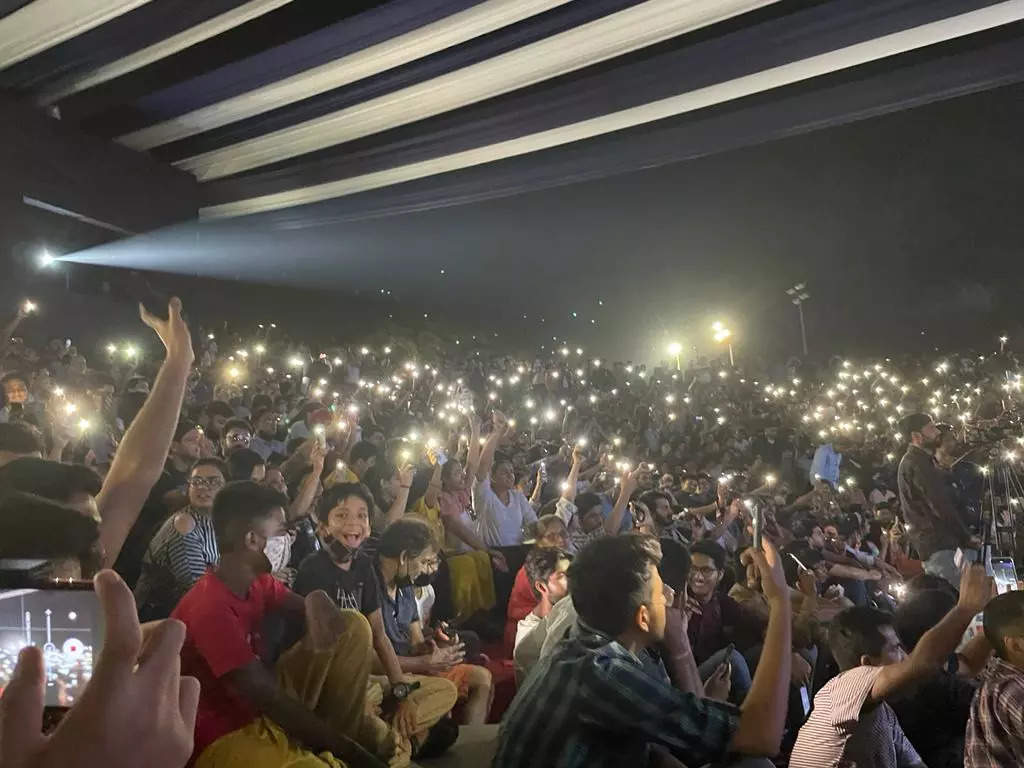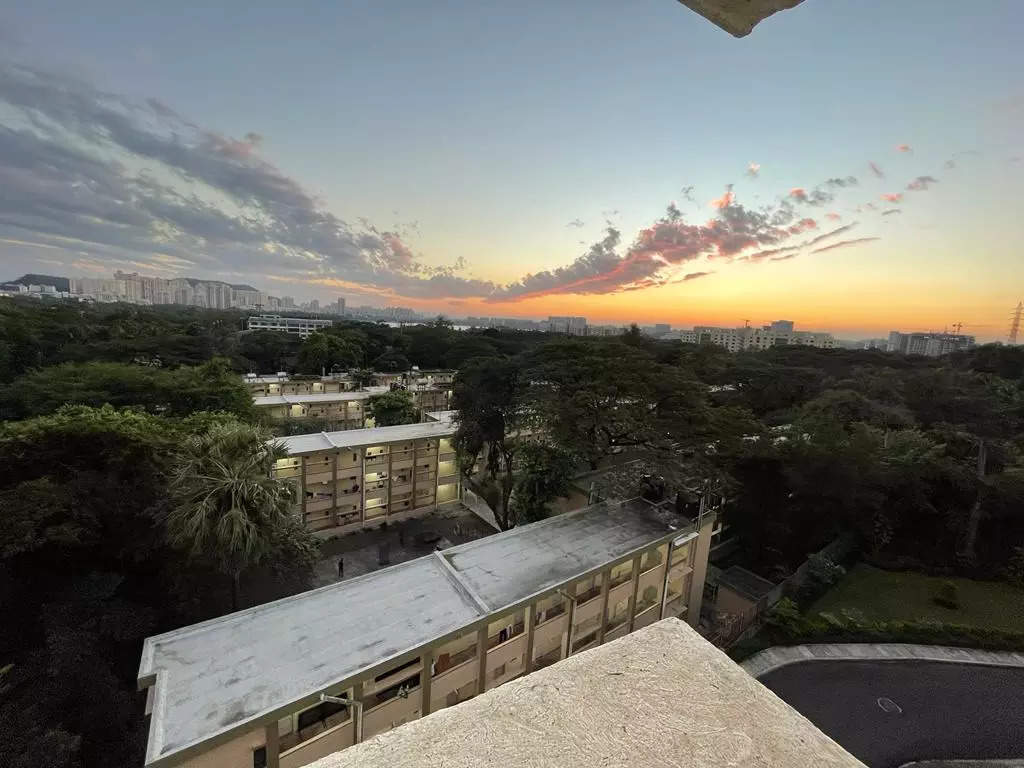Pranav Jeevan P
Jul 08, 2022
Campus Watch,
Caste and Identity
Experiencing Everyday Casteism At India’s Elite IITs
Everything about the IITs screams savarna dominance, be it the names found in the list of faculties in departments, be it the kind of conversations and behaviour that is considered the norm, be it the food that is served or the art that is produced and consumed – everything caters to the dominant savarna worldview and aesthetics.
For a first-generation student without any history of academicians before in their family, to find themselves in this savarna space is a cultural shock where everything they look at and everyone they talk to makes them feel like they are in a place where they don’t belong.

IIT Delhi. Representational image.
The way caste expresses itself in elite academic spaces has changed its flavour to a more nuanced but no less lethal form of harassment. The moment a student from the SC/ST/OBC community steps into campus, they are identified and marked as unworthy based on their rank. Every classroom discussion, assignment and group project reflects this hierarchy where the opinions of students from marginalized communities are either discarded, silenced or ignored.
The entire conversation favours the more privileged students and the networks of the caste they have formed – even from the days of their coaching – which helps them become leaders, counsellors and coordinators of various clubs and activities happening on campus. The students who lack these networks fall behind.
The kind of culture of meeting people in restaurants and places where most of the network building happens is alien to Bahujan students. They also lack proper role models on campus who can lead them on the right path or even listen and understand their issues.

There is a severe lack of faculties from SC/ST/OBC communities in IITs. Being unable to relate to these savarna behaviours and values that prevail on campus, students from DBA communities suffer from a divided sense of self.
Mental health initiatives like counselling centres completely lack sensitivity or willingness to understand the needs and issues faced by students from marginalized communities. They deny caste as a social factor that can cause severe mental health issues to students who face harassment due to their caste identity.
The counsellors, who are savarnas, tend to label the mental impact of oppressive experiences as the fault of the individual student and call them irrational and over-sensitive instead of pointing to the social hierarchies which create these power relations and feelings of superiority/inferiority. Students who go to these initiatives for help soon realize that these are only there to help savarna kids cope with their academic issues and not help students who hail from unprivileged communities.
Recently, IIT Bombay started a gender cell to address issues of sexual harassment on campus. They also started an alumni-funded project Bandhu which is supposed to address the emotional well-being of students. Even though the Bandhu website shows that they understand the issues faced by identity, such as gender and sexual orientation, they completely left out caste from their purview.
The apparent ignorance is not accidental but deliberate and institutional. Most IITs do not have a functioning SC/ST students’ cell for solving the issues of SC/ST students. Even in places where they function, the cell is not provided with a physical space. This is deliberate because physical infrastructure is provided for other cells like gender cells.
Most IITs do not even have a mention of SC/ST cell on their websites. The students are unaware of the redressal mechanisms if any exists that they can avail themselves in the event of caste harassment. IIT Bombay recently started a ‘Gender in Workplace’ course, a really good initiative aimed at sensitizing the campus about sexual harassment. The issue is that similar sensitization initiatives on caste harassment are not being implemented even though there are a significant number of students who face caste-based harassment.
Even the mentorship programmes for new students completely ignore the caste sensitivity needed to address their concerns. The students who come from marginalized communities are welcomed with reservation jokes, teased about how they stole a seat of a more ‘deserving’ candidate, and how they will most probably drop out because they lack ‘merit’. They are even harassed and abused for availing of government scholarships.
In the case of scholarships, the SC/ST students are not made aware of the scholarship schemes that are available for them. The staff in the scholarship office will make the student wander around for documents and delay the process to make sure they do not meet the deadlines of submission.

Posted on Facebook by Saathi - IIT Bombay.
When the SC/ST alumni of IIT Bombay requested the institute to set up a fund for helping SC/ST students, the institute denied them permission. But when alumni or organizations want to donate to savarna students, IITs are very eager and welcoming. Yet, it is the SC/ST students who face attacks from their peers for availing of scholarships.
The most effective way to counter the Brahminical hegemony in IITs is to ensure sufficient representation of faculties from marginalized backgrounds through proper implementation of reservation. When a reservation for female candidates was implemented, the IITs supported it, claiming that the merit of a person cannot be determined by rank in an exam, and socio-cultural background has to be considered. But when we raise the same point about caste inclusion, they immediately revert to ‘merit cannot be compromised’, and exams are sacrosanct.
We need to raise the issues of everyday casteism in IITs and ensure that there is a proper representation of members from Dalit-Bahujan-Adivasi communities in these institutes. That is the only way to make these spaces safe for our students.
The article was also published at LiveWire.
This post has been self-published. Youth Ki Awaaz neither endorses, nor is responsible for the views expressed by the author.Upvote
You must be logged in to comment.
More from Pranav Jeevan P

When the SC/ST alumni of IIT Bombay requested the institute to set up a fund for helping SC/ST students, the institute denied them permission. But when alumni or organizations want to donate to savarna students, IITs are very eager and welcoming. Yet, it is the SC/ST students who face attacks from their peers for availing of scholarships.
The most effective way to counter the Brahminical hegemony in IITs is to ensure sufficient representation of faculties from marginalized backgrounds through proper implementation of reservation. When a reservation for female candidates was implemented, the IITs supported it, claiming that the merit of a person cannot be determined by rank in an exam, and socio-cultural background has to be considered. But when we raise the same point about caste inclusion, they immediately revert to ‘merit cannot be compromised’, and exams are sacrosanct.
We need to raise the issues of everyday casteism in IITs and ensure that there is a proper representation of members from Dalit-Bahujan-Adivasi communities in these institutes. That is the only way to make these spaces safe for our students.
The article was also published at LiveWire.
This post has been self-published. Youth Ki Awaaz neither endorses, nor is responsible for the views expressed by the author.Upvote
You must be logged in to comment.
More from Pranav Jeevan P


 IT Bombay, Credits - Eknoor Singh.
IT Bombay, Credits - Eknoor Singh. IIT Bombay campus, Credits Eknoor Singh.
IIT Bombay campus, Credits Eknoor Singh.